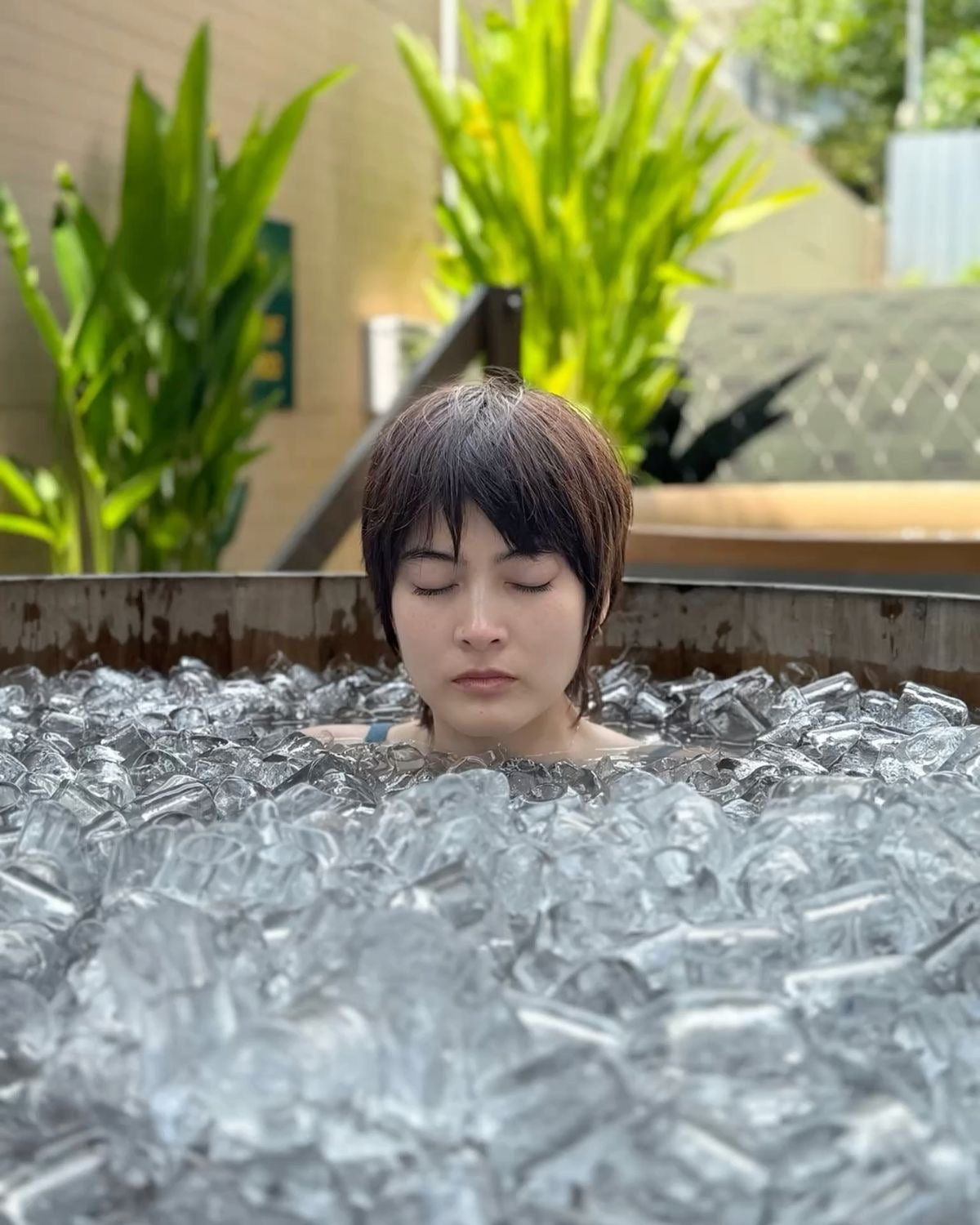Ever stepped into an ice-cold plunge and thought, “Wait... why do I feel more sore after?” Let’s clear things up. Short answer: Yes, but not always. While Cold Plunge can ease muscle pain, it might temporarily make you feel sore—especially if you're new to it or stay in too long. Let’s dive into why.

Understanding Cold Plunge and Muscle Soreness
Cold plunges are often praised for their ability to reduce muscle soreness after a tough session.
They can help speed up recovery by easing inflammation and improving circulation.
However, not everyone bounces back feeling fresh.
Some people report feeling stiff or even more sore after a Cold Plunge.
Let’s explore why this might happen.
Why Can Cold Plunge Make You Feel Sore?
1. You're new to cold exposure
If your body isn't used to the shock of cold, your muscles may tense up.
This tension can cause tightness or soreness after using a Cold Plunge Tub or Ice Bath Tub.
2. Too much, too soon
Plunging in very cold water or staying in too long can overstimulate your muscles.
This could lead to extra fatigue or soreness once you warm back up.
3. Rebound inflammation
In some cases, rapid rewarming after a plunge can increase blood flow too quickly.
This may result in a rebound effect, causing temporary soreness or swelling.
4. Poor timing
Jumping into a Cold Plunge Tub immediately after heavy exercise may disrupt your body's natural healing response.
This can slow recovery and possibly increase discomfort.
Benefits of Cold Plunge for Soreness Relief

Despite the occasional soreness, a Cold Plunge has plenty of recovery perks—especially when done correctly:
| Benefit | How It Helps |
|---|---|
| Reduces inflammation | Constriction of blood vessels can ease swelling |
| Numbs sore areas | Cold slows down nerve signals, dulling pain |
| Speeds up recovery | Helps flush lactic acid and waste from muscles |
| Boosts circulation | Fresh blood flow returns as the body reheats |
| Improves mood | Cold can release endorphins and reduce stress |
How to Use Cold Plunge Properly
Want the benefits without the backlash?
Here are some easy tips to keep soreness at bay:
-
Start with 1–3 minutes, then increase gradually
-
Keep water between 10–15°C (50–59°F)
-
Wait 30–60 minutes after training before plunging
-
Warm up afterwards with light movement or a hot shower
-
Listen to your body—exit if you feel dizzy, numb or unwell
When Cold Plunge Might Not Be Ideal
Cold water therapy isn’t a one-size-fits-all solution.
-
If you have heart issues, poor circulation, or Raynaud’s, always check with your doctor first
-
If you consistently feel worse after an Ice Bath Tub session, it may not suit you
-
Excessive cold or long exposure can lead to muscle fatigue rather than recovery
Conclusion
So, can Cold Plunge make you sore?
Yes, it can—but this is usually short-term and often preventable.
Used properly, it’s more likely to help than hurt.
Cold immersion is a useful recovery tool—but it’s not magic.
Respect the process, go slow, and reap the chill rewards.
Takeaways
-
Cold Plunge can make you sore, especially if misused
-
Most users feel better after, due to reduced inflammation and improved blood flow
-
Avoid plunging right after workouts—wait a bit before hopping in
-
Warm up post-plunge and consult your GP if you’ve got health concerns






